The village of Urchfont, nestled in the heart of Wiltshire, England, has recently become the focal point of an extraordinary archaeological discovery. A remarkable hoard dating back to the Bronze Age, circa 1650-900 B.C., has been unearthed, shedding light on the advanced metalworking techniques of this ancient civilization. Among the find were copper alloy tools, including an exceptionally rare silver-colored anvil. This discovery not only uncovers new insights into the craftsmanship of the time but also challenges our understanding of the roles and skills of ancient metalworkers.
The Hoard’s Composition: Tools and Artifacts Uncovered
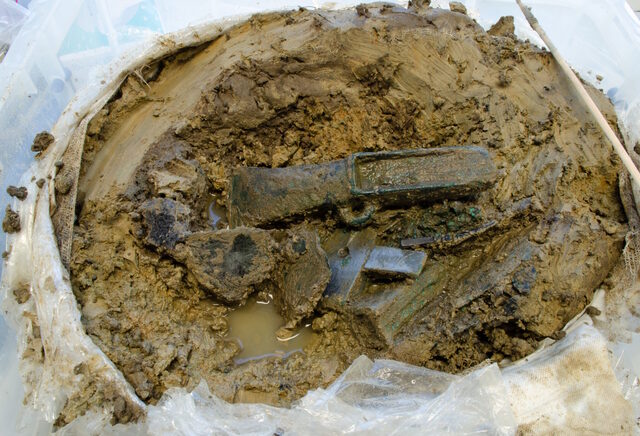
The discovery of the hoard began last February when a metal detectorist working in the area stumbled upon a tanged chisel. Realizing the potential significance of the find, the detectorist immediately halted their work and alerted the Wiltshire Finds Liaison, leading to the excavation that would uncover a cache of extraordinary tools and artifacts.
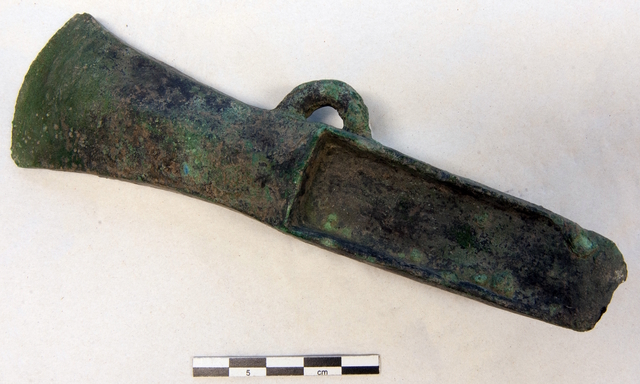
Among the items found were fragments of copper alloy sheeting and a copper alloy rod, providing key evidence of the metalworker’s craft. The inclusion of a hacksaw blade and a looped palstave axe—both essential tools for shaping and cutting metal—reveals the specialized nature of the work being carried out. The presence of such a variety of tools suggests that the hoard likely belonged to a skilled metalworker, whose expertise extended beyond basic blacksmithing to include the more delicate art of metal crafting.

Video
Watch Rare Bronze Age Metalworking Hoard Discovered in Wiltshire, Including an Anvil to explore this incredible archaeological find. A fascinating glimpse into ancient metalworking!
The Role of the Anvil: A Closer Look at the Rare Discovery

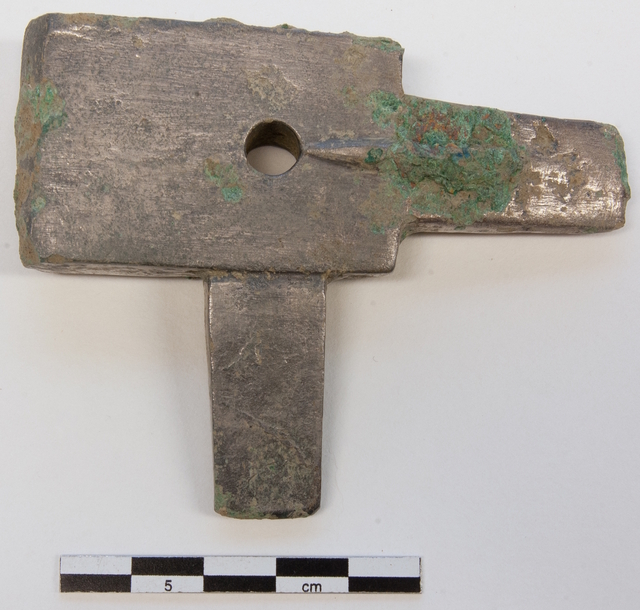
The most intriguing part of this find is the anvil, a key piece of equipment for shaping metal, particularly for the creation of jewelry and other intricate designs. What makes this anvil so remarkable is its size and material. Unlike traditional blacksmith anvils used for forging iron and steel, this one is small and silver-colored, suggesting that it was used for fine metalwork. This piece of equipment points toward the owner of the hoard being a goldsmith or similar artisan, specializing in the creation of intricate, high-quality pieces, such as jewelry, rather than the more common role of a blacksmith who would have worked on larger, more functional pieces.

The anvil’s existence in the hoard highlights an important distinction in ancient metalworking practices—while blacksmithing focused on crafting tools and weapons, fine metalwork was an elite craft, demanding a high level of skill and attention to detail. The discovery of this anvil opens up new possibilities for understanding the division of labor within ancient metalworking communities.
The Micro-Excavation Process: Ensuring Careful Analysis
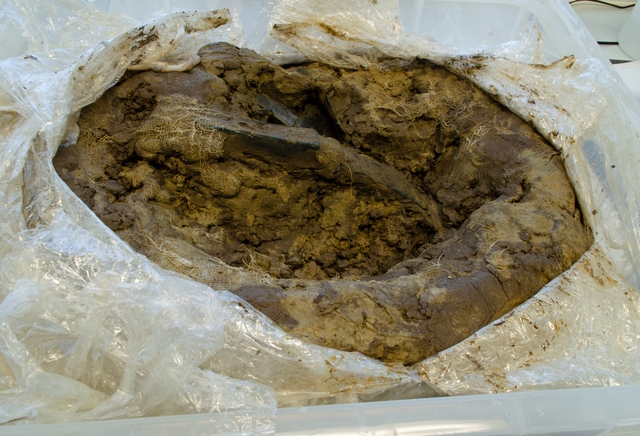
Once the initial hoard was discovered, archaeologists quickly transported the remaining artifacts in a single soil block to the British Museum for micro-excavation under controlled conditions. The meticulous process of micro-excavation allowed researchers to preserve every fragment of the hoard, ensuring that even the smallest and most delicate items were carefully analyzed.
This step was crucial, as many of the objects were buried deep within dense soil, which helped preserve them over the centuries. The preservation of organic materials, such as wood and leather, further demonstrates the care taken during the excavation process. This level of precision ensures that all the artifacts can be studied in detail, providing the most accurate insights into the lives of the people who crafted and used them.
Evidence of Craftsmanship: Pouring Basins and Sprues
Among the most telling discoveries were two pieces of a pouring basin, complete with sprues—the channels through which molten metal is poured into molds. This discovery suggests that the hoard’s owner was not just a metalworker but a craftsman specializing in casting metal objects. The presence of pouring basins points to the use of advanced metalworking techniques, including the casting of metal into specific shapes.
The design and construction of these pouring basins are vital clues for understanding the production methods used during the Bronze Age. The fact that these tools were found alongside the anvil reinforces the idea that the owner of the hoard was engaged in the creation of intricate, detailed works—likely jewelry or decorative items—rather than just functional tools or weapons.
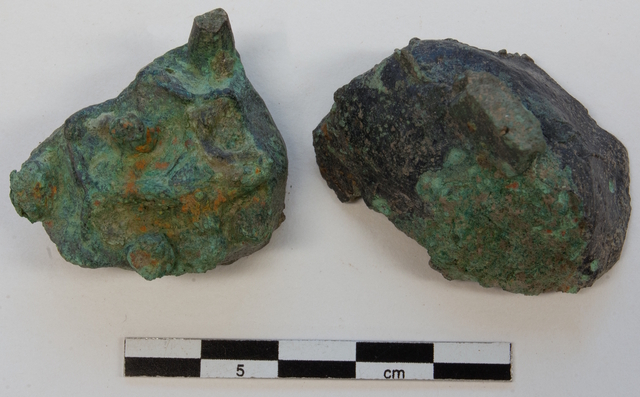
Organic Materials and Charred Remains: Preserving the Context
In addition to the metal objects, the excavation revealed the preservation of organic and charred materials. These remnants offer further context for the hoard, providing crucial information about how it may have been used and stored. Organic materials, such as pieces of wood or leather, have a tendency to decay over time, but the dense soil in the area preserved these materials well, offering a rare glimpse into the everyday life of a Bronze Age artisan.
These organic fragments may also help to further date the hoard and connect it to specific historical events or cultural practices. The study of such materials adds another layer of depth to the understanding of ancient metalworking practices, linking the tools directly to the people who used them.
The Historical Significance of the Hoard
The discovery of this Bronze Age hoard is not only a triumph for archaeology but also a significant contribution to understanding the region’s metalworking history. The Wiltshire Museum has expressed keen interest in acquiring the hoard, as it complements the museum’s collection and provides a tangible connection to the craftsmanship of the past.
This hoard is a testament to the skill and innovation of ancient artisans, and it reveals new insights into the complexity of Bronze Age society. The tools and artifacts provide evidence of an advanced culture capable of producing fine metal objects, as well as the social and economic systems that supported specialized trades.
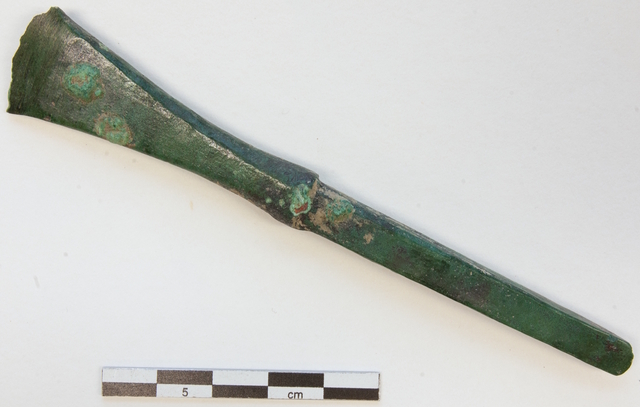
Future of the Hoard: Acquisition and Public Display
The Wiltshire Museum hopes to acquire the hoard, which will further enhance its collection and allow the public to engage with this rare glimpse into Bronze Age craftsmanship. Once acquired, the hoard will be carefully studied and preserved before being placed on permanent display. This process will ensure that future generations can appreciate the significance of this discovery and the intricate metalworking techniques used by ancient artisans.
The acquisition of the hoard will also contribute to a greater understanding of the history of the Wiltshire region, particularly in relation to the role of metalworking in Bronze Age society. The artifacts will provide valuable educational resources for visitors and researchers alike, helping to enrich the story of this fascinating period in history.
Conclusion: Uncovering the Legacy of Bronze Age Artisans
The discovery of the Bronze Age hoard in Urchfont is a remarkable find that sheds new light on the lives of ancient metalworkers and their contributions to society. The well-preserved tools and the rare anvil point to a highly skilled craftsman, possibly a goldsmith, whose work was both intricate and valuable. This find not only adds depth to our understanding of Bronze Age technology but also provides a tangible connection to the people who lived and worked in ancient Wiltshire.
As the hoard is carefully studied and displayed for future generations, it serves as a reminder of the enduring legacy of ancient artisans. Their innovations laid the foundation for the technological advancements that would follow, and their skillful work continues to captivate and inspire us today. The discovery of this hoard reinforces the importance of preserving our cultural heritage, ensuring that the stories of our ancestors are never forgotten.
Video
Watch Unique Bronze Age Treasure Hoard Discovered in Czech Republic to uncover this remarkable find from ancient times. A captivating discovery for history enthusiasts!



